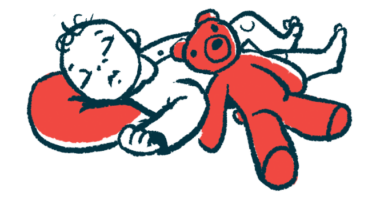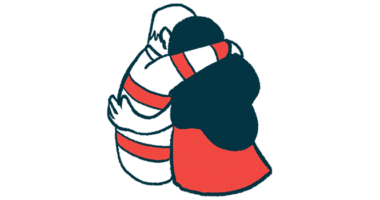
Non-drug Treatments
Overview
There is currently no cure for spinal muscular atrophy (SMA) yet, but there are a number of treatments that can delay the progression of symptoms, as well as several experimental treatments currently in development. In addition, non-drug treatments such as physiotherapy, occupational therapy, and speech therapy, can help strengthen patients’ muscles, as well as maintaining their quality of life. Other approaches to manage the condition include scoliosis treatment and whole body vibration therapy.
Physiotherapy
Physiotherapy is focused on movement. It involves a physical therapist who will design an exercise program tailored to the needs of the patient to improve posture, prevent joint immobility, and slow muscle weakness and atrophy. Stretching and strengthening exercises may help reduce spasticity, increase range of motion, and improve circulation.
Occupational Therapy
Occupational therapy focuses on adjustments that help patients such as those with SMA manage their everyday lives, as well as improve their quality of life. An occupational therapist first assesses the abilities and needs of the patient, then advises which interventions might be helpful. An occupational therapist works together with physiotherapists who focus on movement and exercises to improve body function.
Speech Therapy
Speech therapists work with SMA patients who have difficulty speaking, chewing, and swallowing. Therapists design a program of exercises to strengthen jaw and throat muscles, as well as suggesting aids that may make day-to-day tasks easier. Patients should meet with a speech therapist as soon as possible after diagnosis if speech, language, or swallowing are affected.
Scoliosis Treatment
Muscle weakness in the back may lead to scoliosis, a sideways curvature of the spine. Scoliosis is a common symptom of SMA, and may affect breathing, mobility and function, especially in the arms. Treatment may involve braces and/or surgery.
Whole Body Vibration Therapy
Whole-body vibration is a therapy intended to improve muscle strength and overall fitness. In SMA patients, it has the potential to improve motor function and mobility. During the therapy, the person sits or lies on a machine with a vibrating platform. The device sends energy to the body, which forces the muscle to contract and relax dozens of times per second.




